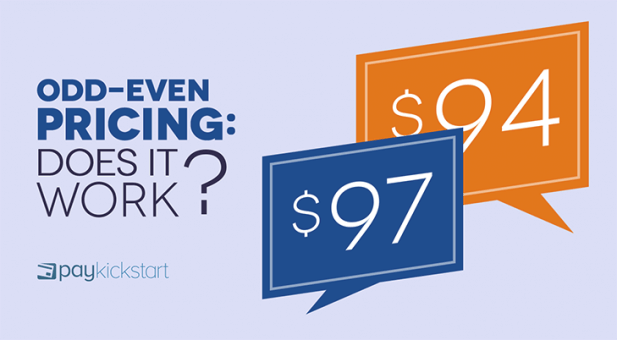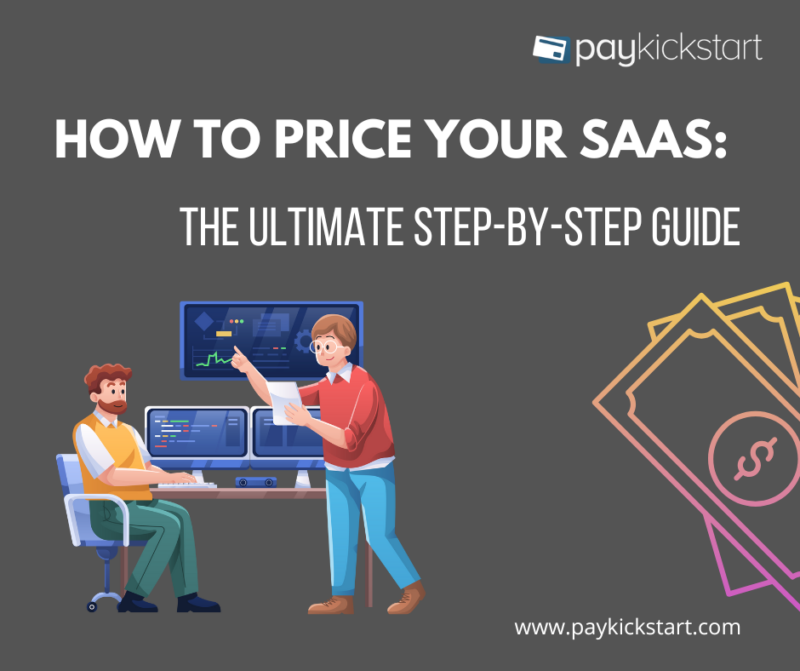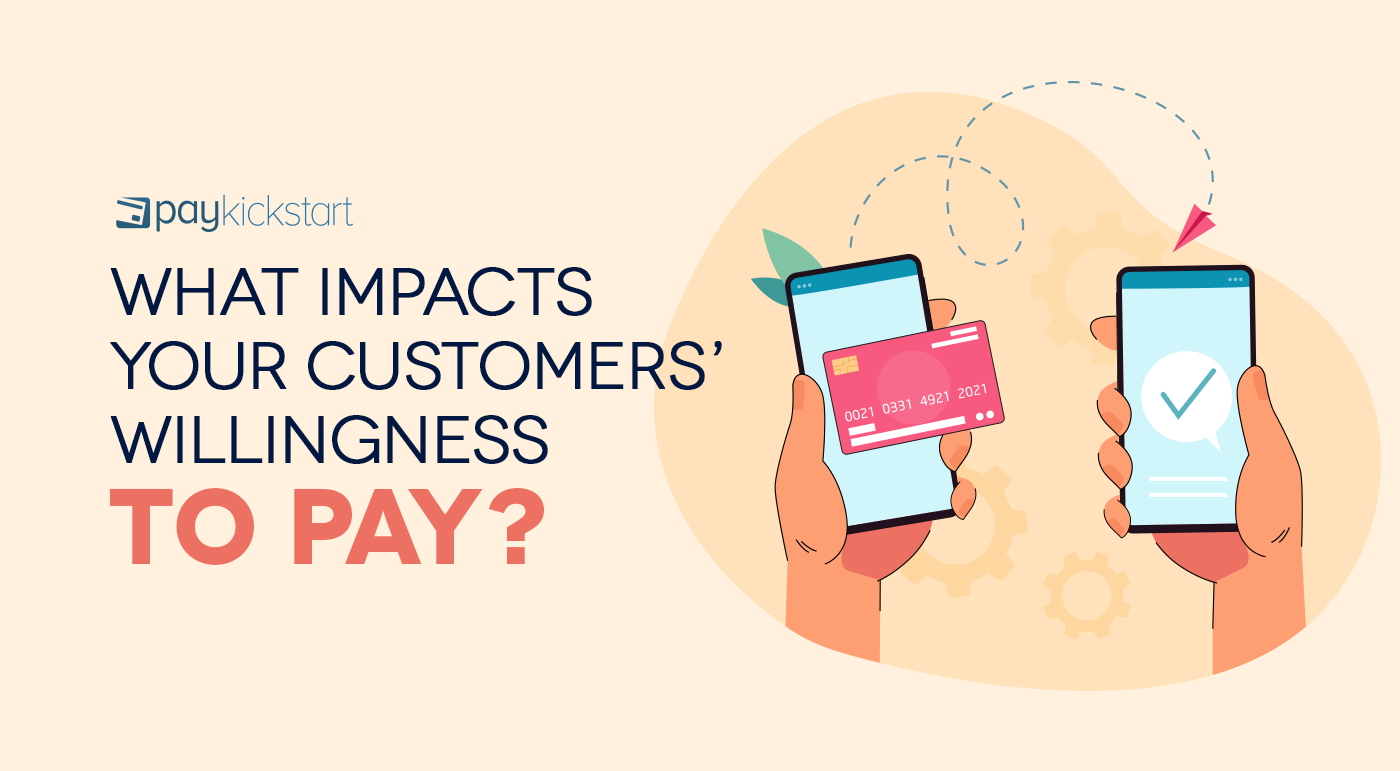Subscription growth hack (by PayKickstart)
Facebook Group - 3,932 members
Visit Group
Odd-even pricing is one of the simplest tricks you can use to increase sales. This strategy is based on human psychology and the many quirks that come with the human mind. When you engage in odd-even pricing you avoid round numbers like $100. Instead, you use a price like $99.95 or $99.99.
There’s only a 5 cent difference between $100 and $99.95 and a penny difference for $99.99. Most people won’t even stop to pick a penny off the ground these days. So then, will consumers really care about a penny or nickel?
If you handed a customer a coupon for five cents off, they’d almost certainly roll their eyes. Yet multiple studies have found that consumers prefer odd prices. One study tested odd prices with menu prices and found a strong correlation. Another study found “9” to be a sort of magic number. When margarine prices were decreased from 89 cents to 71 cents, sales increased by 65 percent. When margarine was lowered from 89 cents to 69 cents, however, sales grew by 222 percent!
So yes, according to various studies, odd-even pricing can work. However, as we’ll show, you won’t always want to use this pricing strategy.
Let’s first clear up a common misconception. Odd-even pricing doesn’t always involve cents. A real estate agent trying to sell a house, for example, probably won’t list the house for $299,999.99. They’ll skip the cents because when you’re talking about hundreds of thousands of dollars, no one’s going to quibble over pennies.
When selling a home, you won’t worry about dollars and cents.
So the house will most likely be listed as $299,000 instead. Determining when to use or skip cents is quite important, so I’ll go over that at length later in the article. For now, it’s important to remember that odd-even pricing can work with numbers like $999.
One common strategy to imply a great sale is to show the list price as an even number, such as $100. Then, you can over a discount that will drop the price to an odd number. So a $500 dollar TV could suddenly become $449 dollars.
While the discount is only 10 percent of the list price, the psychological effect of switching from an even to an odd number may make the discount seem even greater. Since people love getting good deals, this could spur sales.
When using discounts, you may want to skip cents. When someone comes across an item on sale, it’s natural to calculate how much they’ll be saving. By skipping cents and using simple numbers, you make the math easier. You can still use odd-even pricing, however, and end with 9.
Another trick with promotions is to explicitly create a limit per customer. Many customers will conclude that they must be getting a fantastic deal if the retailer is limiting the sales to “two per customer” (or whatever you pick as the limit.) Make sure you advertise the limit with big, bold letters.
Prices that end in 9, 99, or 95 are very common and are generally associated with discounts and sales. These prices can be quite effective at driving sales. However, another strategy is to use distinctive numbers, such as 25 or 77.
Distinctive numbers like this have a way of drawing the eye. Everyone is used to seeing 99. However, 25 is rarely used so it stands out. Walmart is very aggressive when it comes to price competition. Unsurprisingly, they often use unique numbers to capture attention:
Not necessarily. A price that ends in .00 may signify that you’re confident in the value of your product and that you’re a premium brand. Many premium companies will actually eschew odd-even pricing and sales as it could damage the prestige of their brand.
Consider Rolex’s, for example. These premium watches sell for thousands and tens of thousands of dollars. Rolex doesn’t want to compete based on cheap prices and they don’t want their brand to be associated with discounts.
In fact, while many websites will loudly proclaim “SALE!” the Rolex dealer below eschews that. You can see how much you’ll save by buying pre-owned, but the website doesn’t go out of its way to advertise it.
Notice how the price ends with 00? When it comes to Rolex’s, retailers aren’t going to worry about cents or dollars. Their prices are instead usually determined by hundreds or even thousands of dollars. Rolex and their dealers will want their prices to reflect the fact that neither their nor their dealers will quibble over a few bucks.
If you offer premium products, you may want to avoid cents and odd-even pricing as it could send the wrong message and attract the wrong crowd. When determining whether to use odd-even pricing, you need to figure out whether you’re positioning your product as a good value or as a luxury or premium item or service.
Take a look at our pricing page below. We put a lot of time into determining what to charge our customers. You’ll notice that we use whole dollars. We also combine that with odd-even pricing, all of our pricing plans end with 9. This isn’t by accident. While we don’t care about pennies, we do want to provide good value.
We also know that some people are looking for a good deal. When you switch to an annual plan, you can save quite a bit of money. Notice something else about our plan? We use uncommon numbers to draw the eye. This helps us gain the attention of people looking for a deal.
Pricing can have a huge impact on perception. The prices you set will go a long way towards determining how customers will view your brand. Make sure your prices match your goals and brand.
Also, keep in mind that pricing strategy is far more complex than simply determining whether to use odd or even prices. Price optimization can have a huge impact on your sales and revenues. You can learn more about pricing by checking out our blog post “How to Price Your Product in Three Easy Steps”.
Matt Callen is co-founder of PayKickstart. He has founded several million dollar online businesses and lives in Indianapolis. Since 2006, he has helped hundreds of thousands of entrepreneurs scale and grow their online businesses with software and automation.
Read More About Matt Callen
